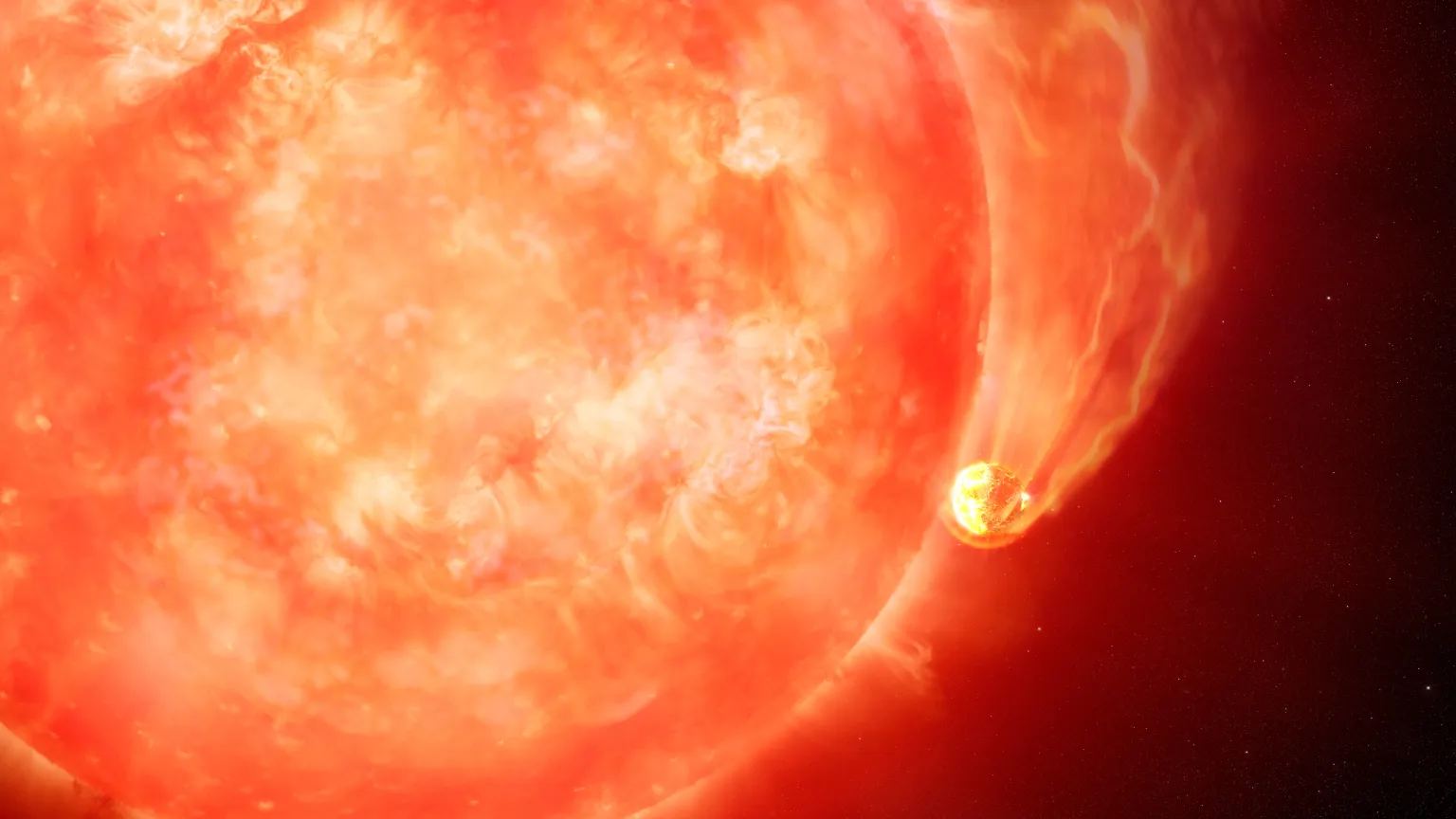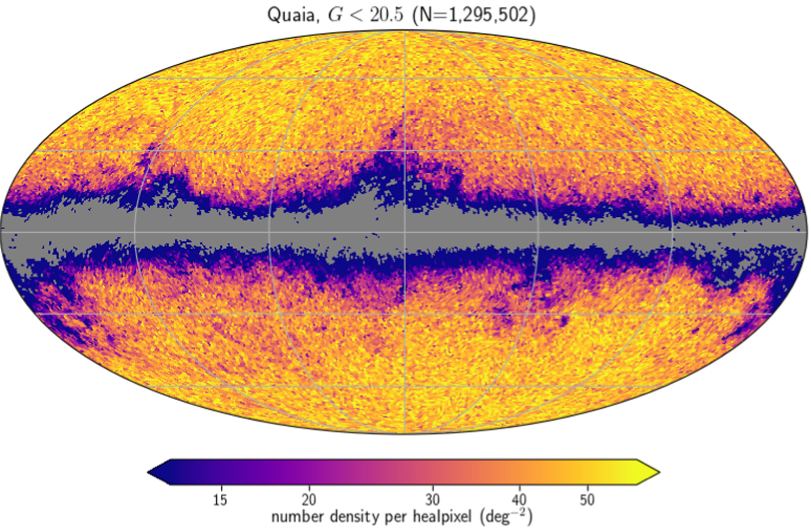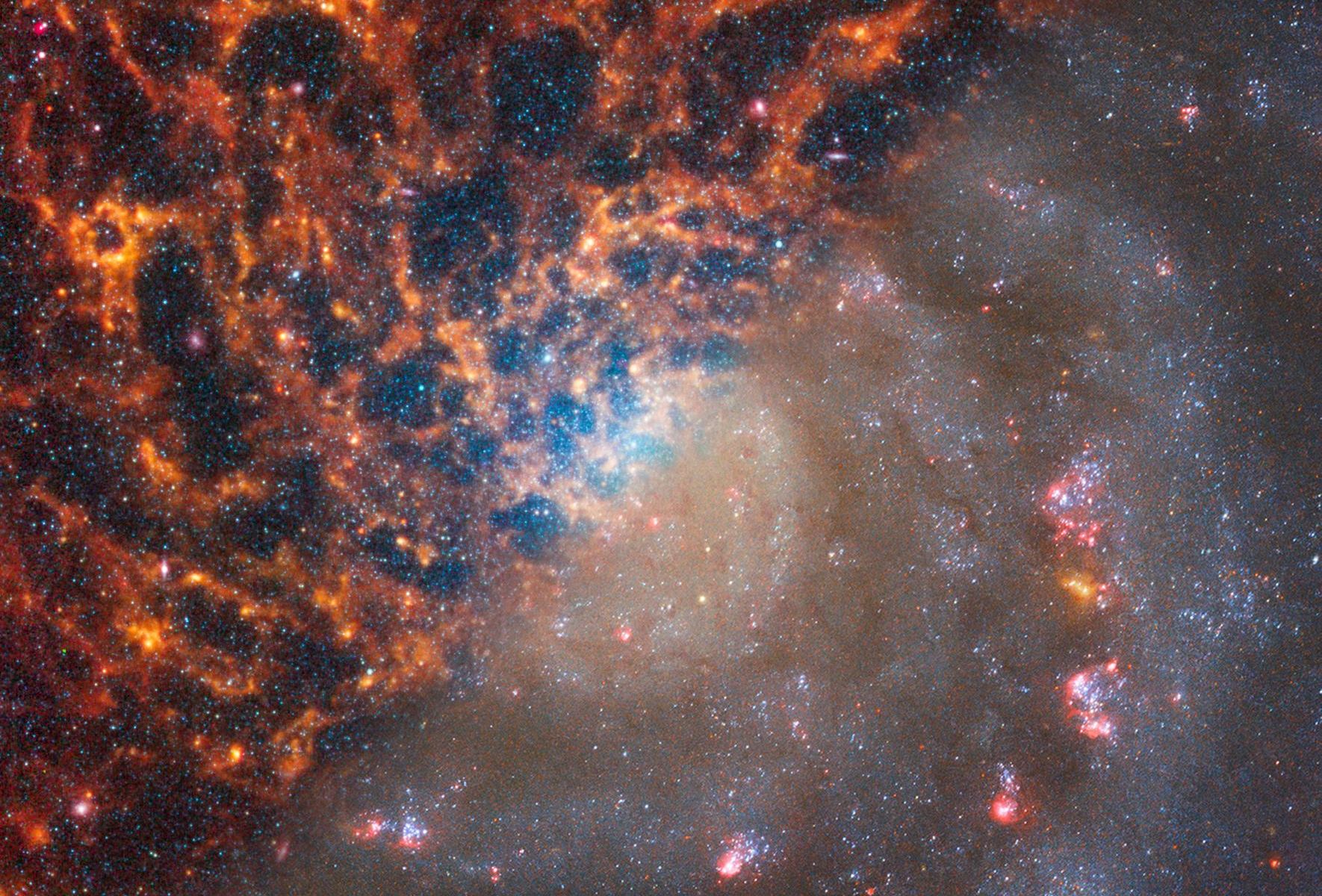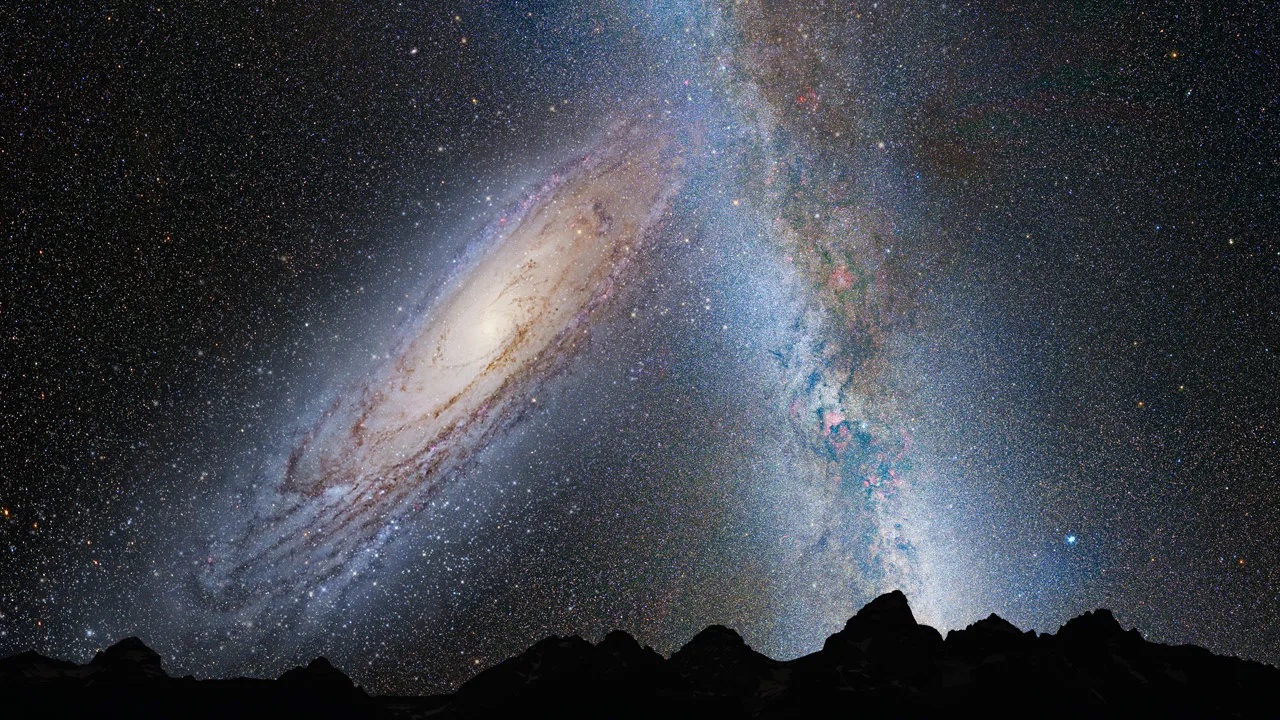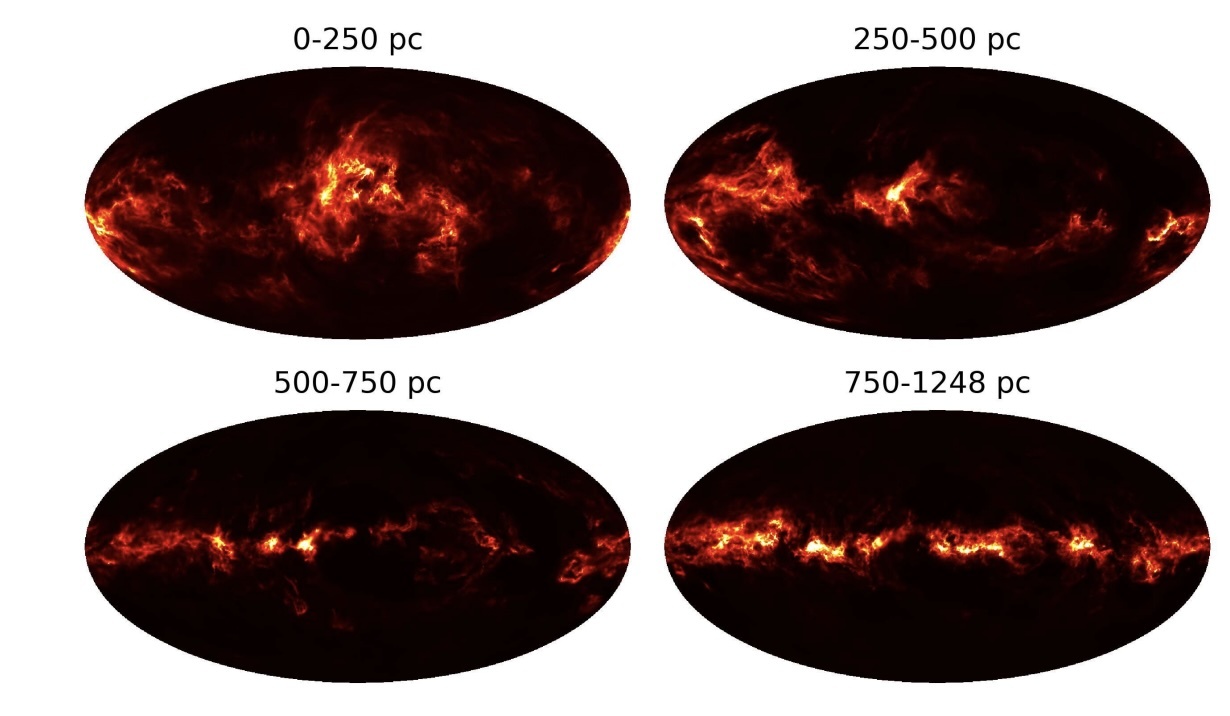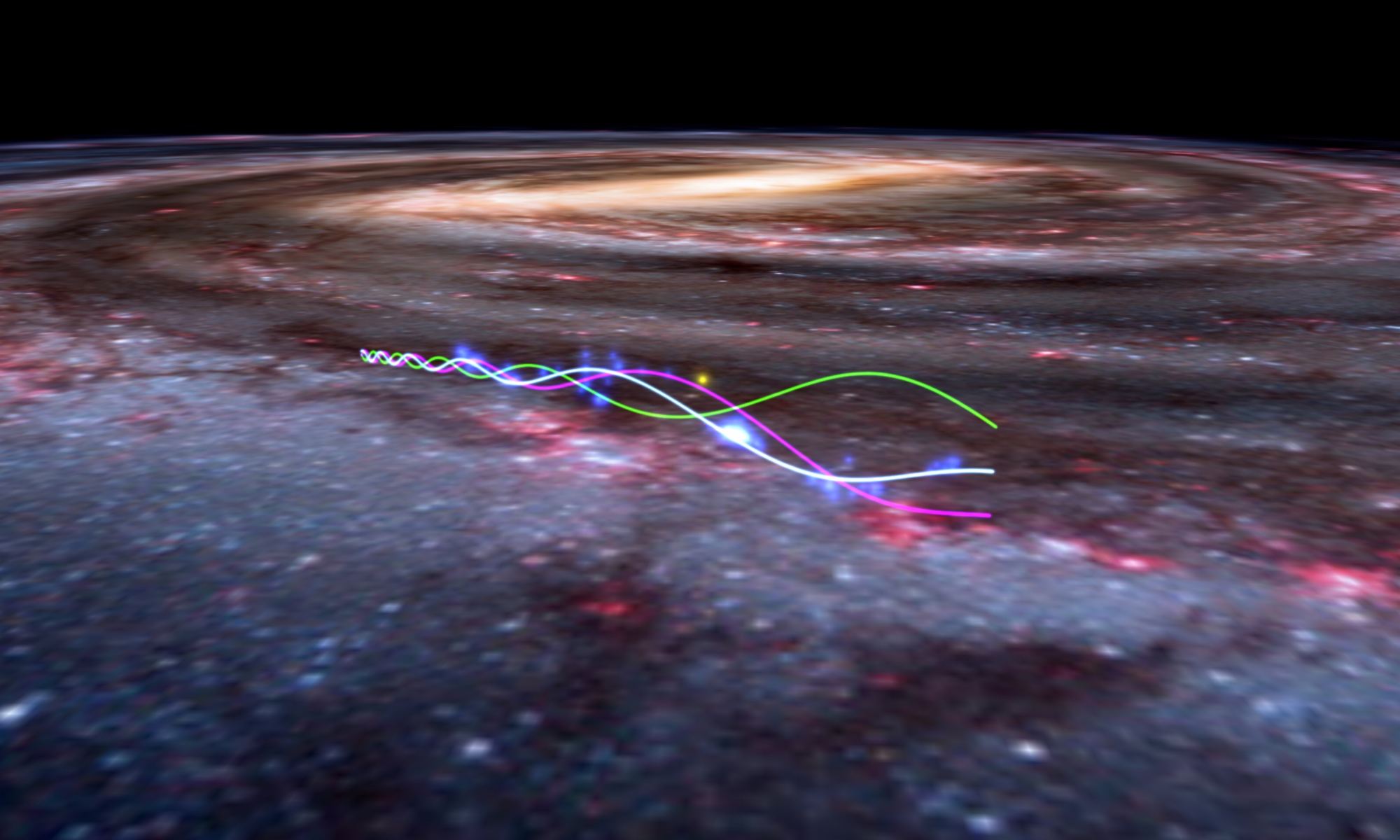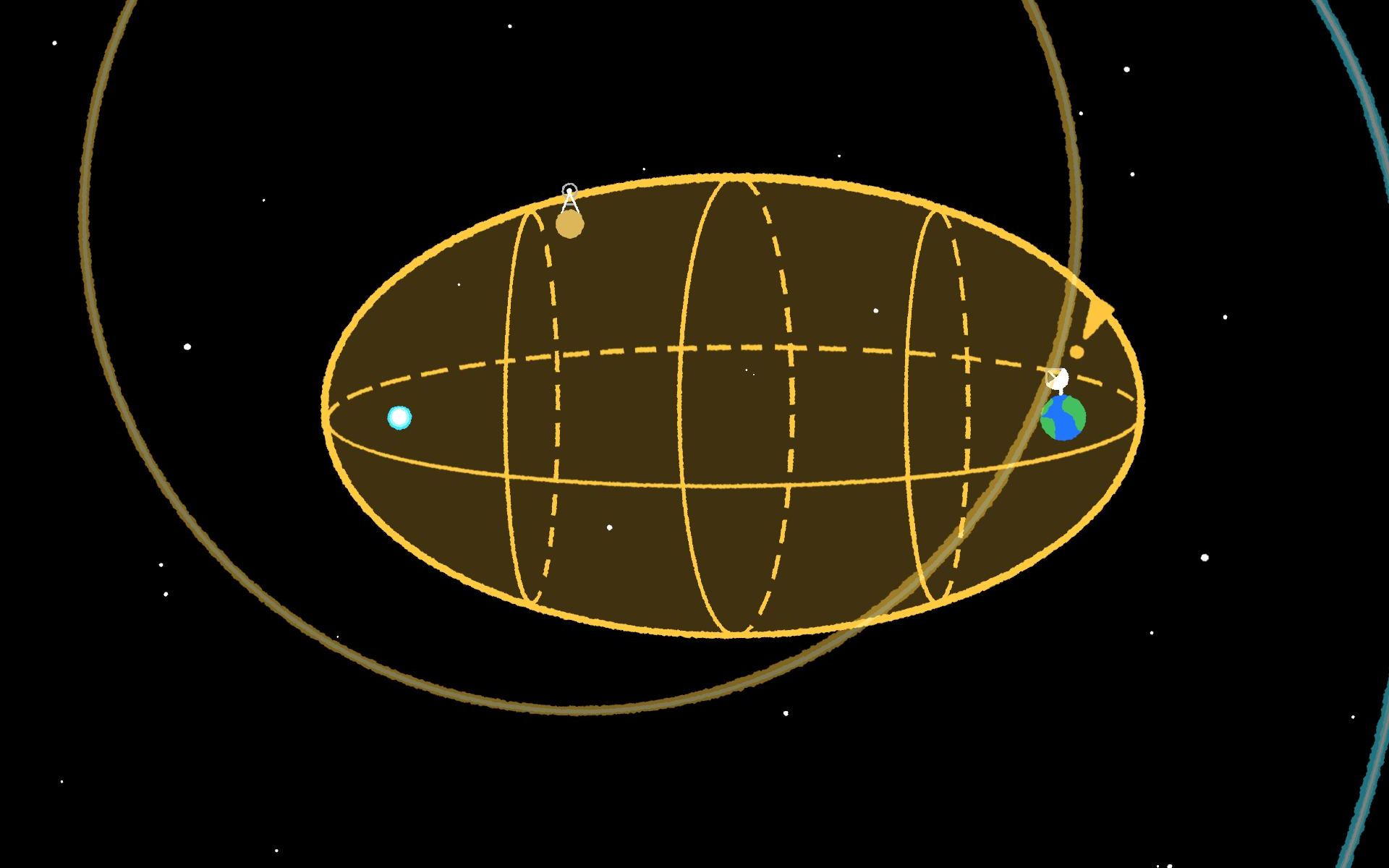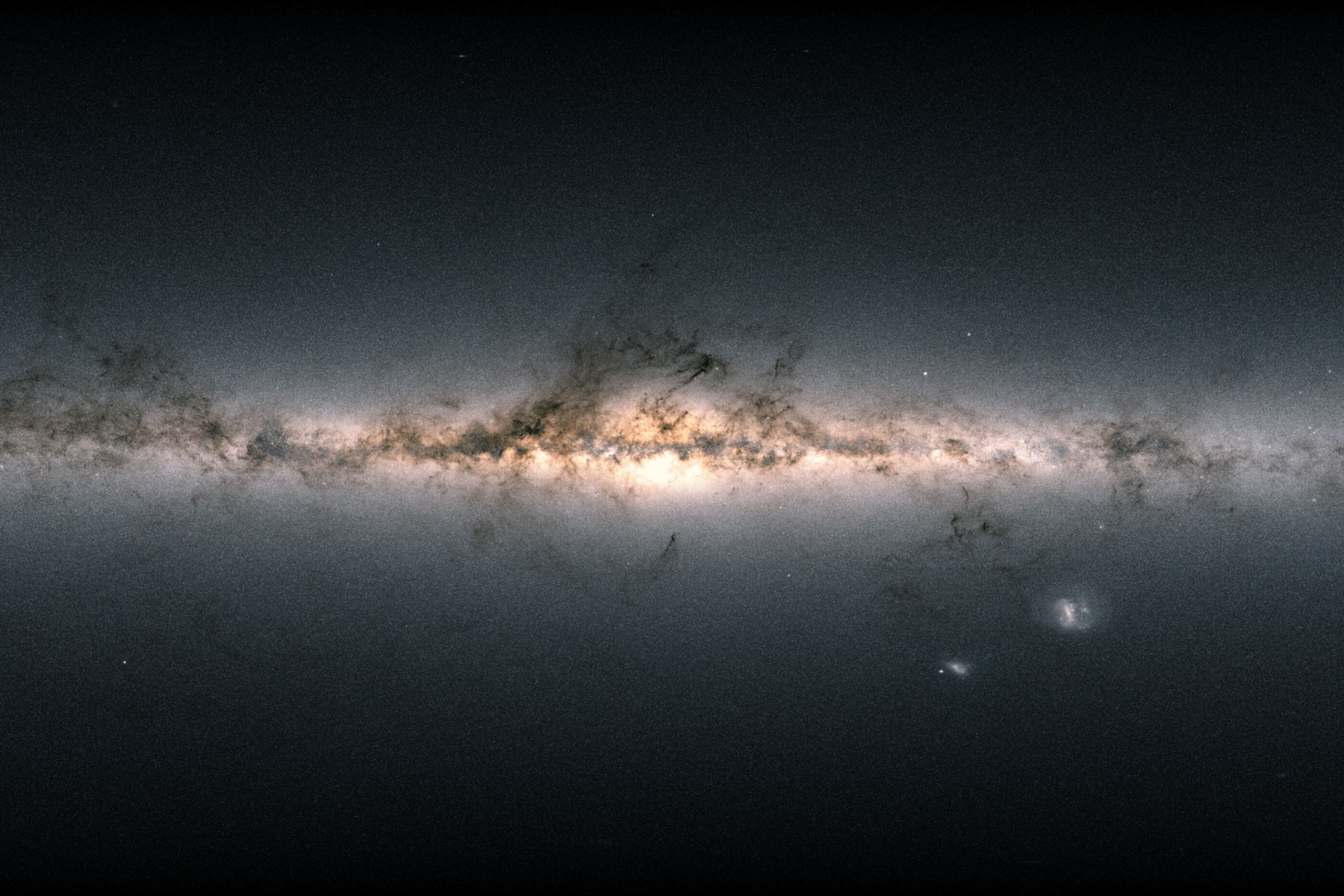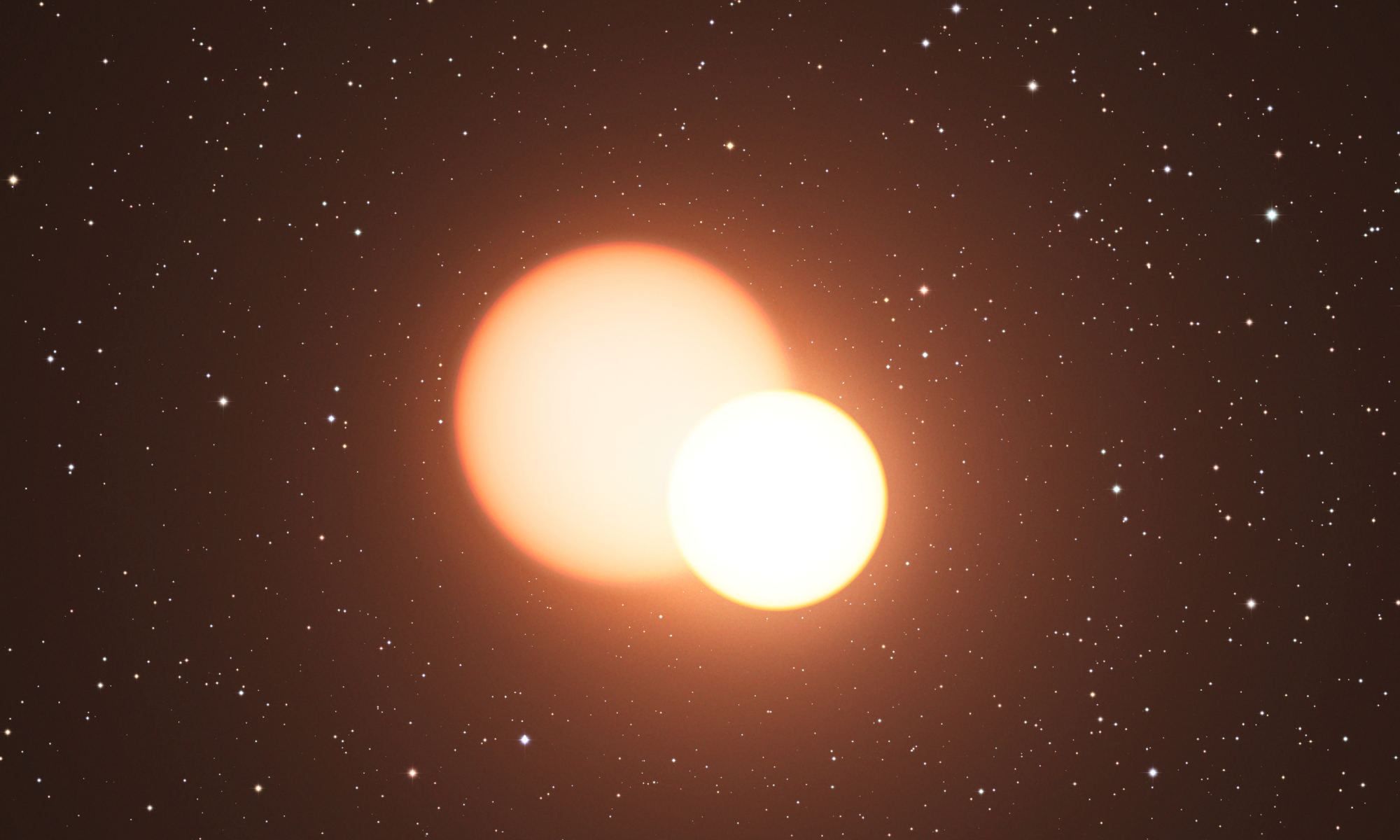Astronomers say there’s a wave rippling through our galactic neighborhood that’s playing a part in the birth and death of stars — and perhaps in Earth’s history as well.
The cosmic ripple, known as the Radcliffe Wave, was identified in astronomical data four years ago — but in a follow-up study published today by the journal Nature, a research team lays out fresh evidence that the wave is actually waving, like the wave that fans in a sports stadium create by taking turns standing up and sitting down.
“Similar to how fans in a stadium are being pulled back to their seats by the Earth’s gravity, the Radcliffe Wave oscillates due to the gravity of the Milky Way,” study lead author Ralf Konietzka, a researcher at Harvard and the Harvard-Smithsonian Center for Astrophysics, or CfA, said in a news release.
Continue reading “Scientists Track How a Giant Wave Moved Through Our Galactic Backyard”

